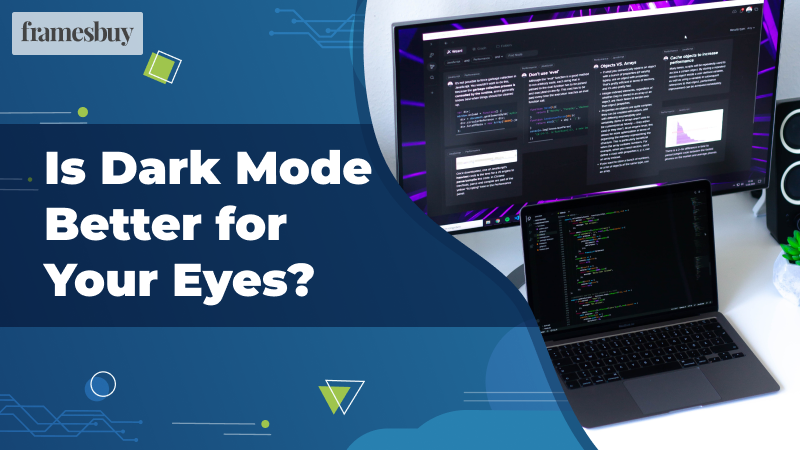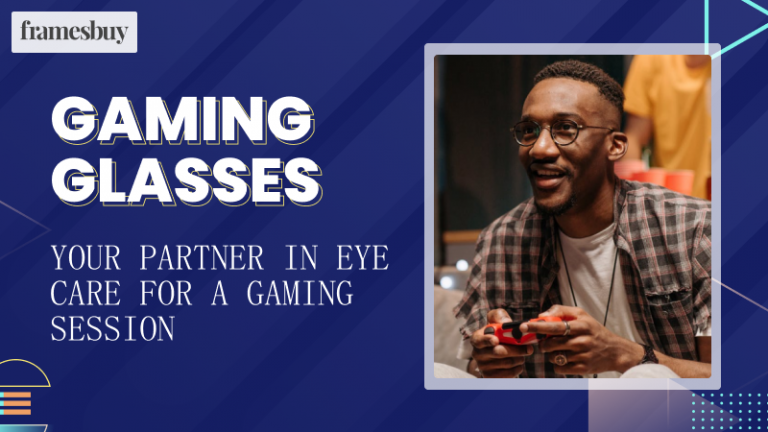Apple has offered Dark Mode as an option for customers since iOS 13.0, allowing them to modify their default interface style to one with a darker colour palette for all panels, menus, and controls. Meanwhile, Google has also provided a Dark Theme option since Android 10.
Why so much hype about it? Let’s get deeper into it.
Smartphones have changed the way we live. With the onset of the internet on mobile phones and high-speed connections, people can now do wonders through such a small device.
And after the Pandemic outbreak, the importance of mobile phones became even more crucial. People need nothing but their phones while being confined within the four walls of their sweet homes during the lockdown period.
Be it young professionals, senior citizens, or school-going kids, digitalization escaped us from the isolation of this wrecking virus. So, all in all, our screen time i.e how long we are using mobile screens, is increasing.
To resolve this, almost all smartphones have an option to turn on Dark Mode. Let us understand more about dark mode and find the answer to the question Is dark mode better for your eyes or not?
What is Dark Mode?
Dark Mode is the feature of the latest Android and iPhone smartphones that inverts the colour scheme of your mobile phone. In the usual theme, the background of your screen is white and the letters are dark.
But in the dark theme, there is vice versa to this formula. The background of the screen is dark in colour and letters will display light. The option is nowadays present in every mobile phone and you can keep it on or off, as you wish. If you turn on the option of dark mode, it will by default apply to all the apps.
Dark mode has acquired a lot of traction in the developer community and is one of the most sought-after features in today’s user interface.
Although, if you are using the latest Android or iOS device, there are chances that the feature will be present on your phone already.
Why do people use dark mode for their screens?
Dark Mode on smartphones reduces vision issues among kids and people using screens for longer hours.
In the modern digital age, when cutting yourself off from screens seems impossible, using dark mode is a better way to protect against eye strain, cut glares and reduce blue light.
Here the idea is to reduce the amount of light emitted through screens and maintain the right contrast of colours to improve readability. Meanwhile, dark mode is also known to prolong battery life and bring an amazing visual feel. Read on to know how you can find dark mode useful for you and your eyes.
Advantages of Turning on The Dark Mode
According to experts, Dark Mode is quite useful for people who wear spectacles and are worried about their eyesight becoming weak with longer screen usage. The addition of Dark Mode to smartphones is for the betterment of the device quality and user’s eye strain. Know here some of the advantages of Dark Mode.
Extend Battery
Enabling the option of Dark Mode boosts the battery of your phone by 30%. This Saves your time and energy to charge your phone from time to time. The idea is great when you are travelling or out of your home and can’t charge your phone. In that case, you can simply use dark mode to save battery drain.
Protect digital eye strain
The bright light emitted from computers and phones screen can strain your eyes. Thus heavy users often switch to dark mode display settings on their devices for reducing eye fatigue caused by this screen.
However, protecting eyes with dark mode can only help to some extent. Besides using it we also suggest opting for blue light glasses to reduce digital eye strain.
Reduce Blue Light
Digital screens expose the eyes to blue light. Dark mode adjusts this colour spectrum through the emission of red and orange light. Let us tell you the science behind Blue Light.
All humans have a circadian rhythm which we usually understood as the sleep-wake cycle. Blue light helps in keeping this cycle running smoothly. Apart from this, the melatonin hormone is also responsible for setting up our body clock. According to the expert, if human vision is exposed to blue and green light within the wavelength of 400-500 nm after getting dark, The emitted light will affect sleep or lead to age-related macular degeneration (AMD).
Breaking down this complex science into simpler words: Dark mode manages the exposure of blue light that may cause harm to our eyesight in the dark. However, along with dark mode, lights outside the phone i.e lights around the user should also not emit blue and white light excessively.
Worried about blue light exposure at night? Don’t panic, blue light-blocking glasses and filters can offer the solution to block blue light and ease the digital strain.
Ease of Reading
Since dark mode contrasts with the background and text colours, it will be easier for you to read the text without putting stress on your eyes. Human eye structure is such that whenever it looks like white text written on black background, the pupil dilates and takes in more light. Technically, this is called visual acuity.
According to W3C on contrast ratio “High contrast (for example, dark text on a light background or bright text on dark background) is required by some people with visual impairments, including many older people who lose contrast sensitivity from ageing.” Hence “Web browsers need to allow people to change the text colour and background.”
Disadvantages of switching to the dark mode:
- The dark theme with the white test is not always good for eye strain and when the surrounding is bright, the dark mode may increase eye fatigue.
- Reading long pieces of content can be challenging with the dark mode on.
Is dark mode better for your eyes?
Dark Mode is a nice option that can mitigate the stress of your eyes caused due to the digital screen to some extent. Besides that, it also gives an all-new look to your mobile phone and computer screen interface and other apps. However, dark mode is unlikely to protect the eye against symptoms of eye strain, say headache or dry eyes caused by the high usage of screens. To better protect the eye and treat eye strain symptoms, doctors recommend.
- Giving eyes the frequent break from the screen after every 20 minutes.
- Adjusting text size to make them easier to read.
- Wearing computer glasses, anti-refractive or proper prescription glasses for eyes.
- Using artificial tear drops to remove dryness of the eyes.
Seek a doctor’s advice, if these prevention tips aren’t working to ease symptoms of eye strain and dry eye.







